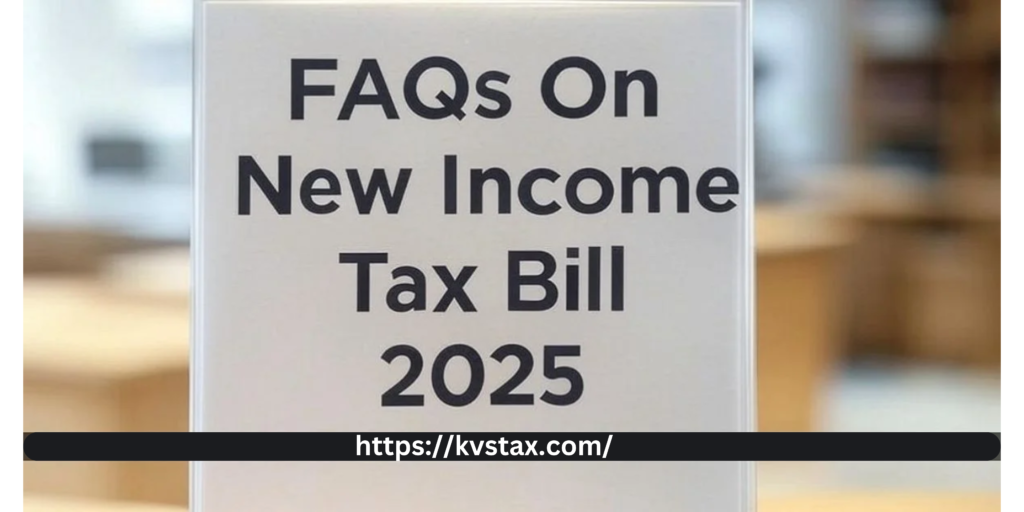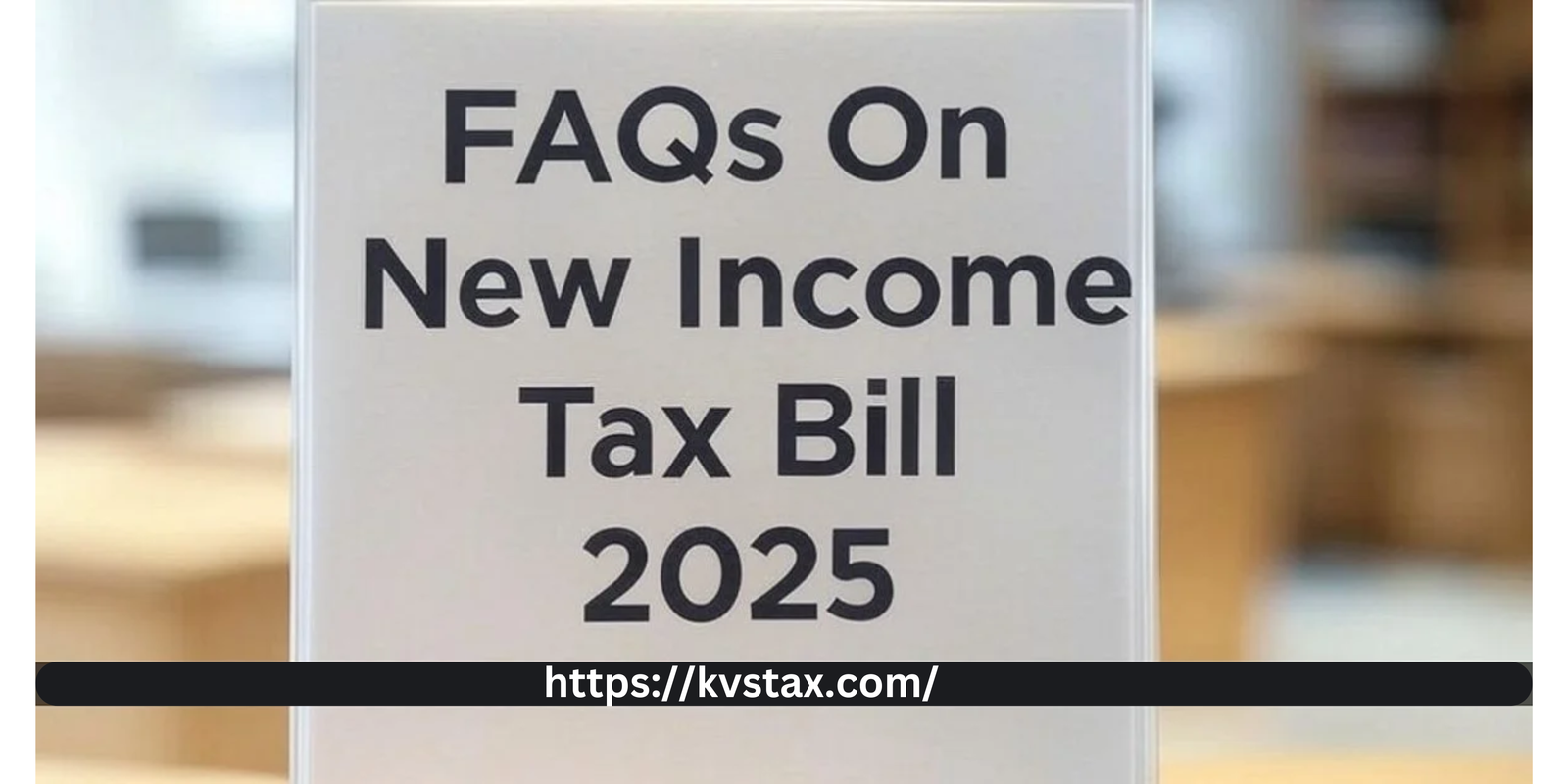
Income Tax Bill 2025: Key Simplifications for Taxpayers
The Income-tax Act of 1961 has been a cornerstone of India’s taxation system for more than six decades, guiding taxpayers and administrators through a complex framework of rules and regulations. However, the evolving landscape of the Indian economy, advancements in global financial systems, and feedback from stakeholders have highlighted the need for reform. The Income Tax Bill 2025 aims to address these concerns and offer a more user-friendly version of the law.
Why is a New Income Tax Bill Needed?
Over the years, the Income-tax Act has become increasingly cumbersome, with over 4000 amendments added since its inception. While these amendments have helped adjust the Act to changing fiscal policies, the constant influx of provisions has led to a bulky and complex legal document. Tax administrators, practitioners, and taxpayers have voiced concerns about redundant provisions, intricate language, and the overall structure of the Act.
As the Indian economy has grown and diversified, it became clear that the Income-tax Act needed to evolve. The constant amendments have made it harder to follow, with over 1200 provisos and 900 explanations cluttering the statute. This complexity has often been a challenge for taxpayers, especially new ones, who struggle to navigate the maze of provisions.
The Vision Behind the 2025 Income Tax Bill
The Income Tax Bill 2025 aims to simplify and streamline the existing framework while keeping it adaptable to future economic realities. The Hon’ble Finance Minister emphasized in the 2024 budget speech that the goal is to make the Income-tax Act “concise, lucid, easy to read, and understand.” This new Bill focuses on eliminating redundancies, simplifying language, and enhancing accessibility for taxpayers.
Key Features of the Income Tax Bill 2025
- Elimination of Redundant Provisions: One of the significant changes in the 2025 Bill is the removal of obsolete provisions that have been rendered non-operational over the years. The Bill proposes to cut the length of the Act by nearly half, reducing the complexity significantly.
- Simplified Language: The drafting style of the new Bill will be straightforward and clear, making the provisions easier to comprehend. The inclusion of 57 tables (as compared to 18 in the previous Act) will provide clarity and improve readability, particularly for complex tax scenarios.
- Removal of Provisos and Explanations: More than 1200 provisos and 900 explanations will be eliminated in the new Bill. These elements, which previously complicated the law, will be replaced by sub-sections and clauses, making it easier to understand the intent and application of the provisions.
- No More Previous and Assessment Year Confusion: The concepts of ‘previous year’ and ‘assessment year’ that have historically caused confusion for taxpayers will be eliminated. This change is expected to reduce the cognitive load for taxpayers, especially newcomers, who often struggle to keep track of these different periods.
- New Reference System: The Act will adopt a simplified reference system, where sections will be cited without the need for cross-references to sub-sections, clauses, and items. This change will make it easier for taxpayers to cite and understand legal provisions.
- User-Friendly Formats: The new Bill will present certain provisions, like TDS rules, in table formats, making it easier to follow. Complex provisions such as section 10—which previously contained over 150 clauses—will now be simplified and presented in Schedules for better clarity.
- Consultations and Feedback: The simplification exercise has involved comprehensive consultations with a broad range of stakeholders. Over 20,000 online suggestions were received from taxpayers, industry associations, and field-level officers, which were analyzed and integrated into the final draft. International consultations with authorities from Australia and the UK also informed the process, drawing from global best practices in tax law simplification.
Global Inspirations: Learning from the UK and Australia
The effort to simplify tax law is not unique to India. Both the UK and Australia undertook similar exercises in the past. In the UK, the Income and Corporation Tax Act underwent simplification between 1994 and 2010, reducing its size from 960 pages to a more segmented structure. Australia went through a similar process between 1994 and 1997. These international experiences highlight the delicate balance between simplifying language and maintaining legal clarity. The 2025 Bill has taken these lessons to heart, focusing not just on linguistic simplification, but also on structural rationalization.
A Step Towards Easier Compliance
The primary goal of the Income Tax Bill 2025 is to make compliance easier for taxpayers. The simplified provisions and improved readability will help individuals and businesses better understand their tax obligations. This will, in turn, contribute to greater tax compliance and make it easier for taxpayers to fulfill their responsibilities.
Conclusion
The Income Tax Bill 2025 marks a significant leap forward in India’s tax administration. By focusing on simplicity, clarity, and efficiency, the Bill aims to streamline the tax law, making it more accessible to everyone—from seasoned professionals to first-time taxpayers. With its focus on user-friendly formats, simplified references, and the elimination of redundant provisions, this Bill holds the potential to create a more transparent and inclusive tax system for India.
As this Bill makes its way through the legislative process, taxpayers can look forward to a more modern and efficient tax system that meets the demands of an evolving economy.
Disclaimer:
The information provided in this blog is for general informational and education purposes only and does not constitute financial, investment, or professional advice. Always conduct your own research or consult with a qualified financial advisor before making any investment decisions. Investing involves risk, and there is no guarantee of returns. The views expressed here are solely those of the author and do not reflect the opinions of any financial institution, company, or organization. KVSTAX is not responsible for any financial decisions or actions taken based on the content of this blog.

